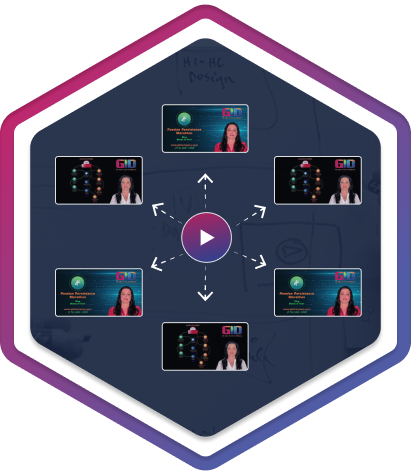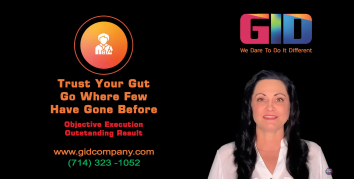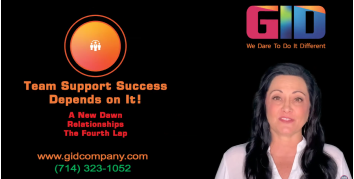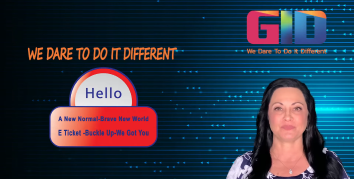What is GID’s Concept Development Service?

Expert Concept Development Services
With our concept development services, you can:
- Uncover Hidden Potential: We delve deep into your idea, exploring every facet to unlock its full potential. Our team will challenge assumptions, ask thought-provoking questions, and guide you through a structured process to refine and solidify your concept.
- Validate Market Viability: We conduct thorough market research and competitor analysis to assess your concept’s viability in the real world. We identify potential challenges and opportunities, ensuring your product idea aligns with market demands and has a clear path to success.
- Visualize Your Vision: We translate your abstract ideas into tangible concepts through sketches, mockups, and prototypes. This allows you to visualize your product’s potential and gather valuable feedback from stakeholders and potential customers.
- Mitigate Risks and Uncertainties: We conduct comprehensive feasibility studies to assess the technical and financial viability of your concept. By identifying potential risks and challenges early on, we help you make informed decisions and avoid costly mistakes.
GID Company is your trusted partner in bringing innovative concepts to life. Let us guide you through the concept development process and lay the foundation for your product’s success.
What GID’s Concept Development Services Include
GID Company's concept development services provide a comprehensive framework for transforming your innovative ideas into well-defined, actionable product concepts. We offer a collaborative and results-oriented approach that encompasses:
In-Depth Market Analysis
We conduct thorough market research to understand your target audience, their needs, and the competitive landscape. This ensures your concept aligns with market demand and has the potential for success.
Creative Brainstorming Sessions
We facilitate dynamic brainstorming sessions to generate a wide range of innovative ideas and explore different design possibilities. Our team encourages out-of-the-box thinking to uncover unique and compelling concepts.
Concept Refinement and Visualization
We refine your chosen concept into a comprehensive plan, detailing its features, functionality, and target audience. We create detailed sketches, mockups, and renderings to visualize the concept and provide a clear direction for further development.
Feasibility Studies
We assess the technical and financial feasibility of your concept, identifying potential challenges and opportunities. This ensures your concept is not only creative but also practical and commercially viable.
Value Proposition Development
We help you articulate the unique value proposition of your product concept, highlighting its key benefits and differentiating factors to attract investors and customers.

From Idea to Reality - Watch How We Do It!
Explore our videos to see how we seamlessly transform your ideas into reality.
Our Concept Development Process
-
Initial Consultation
We discuss your vision, goals, and target market to understand your unique needs and challenges, setting a solid foundation for concept development.
-
Market Research & Analysis
We conduct thorough research to identify market trends, analyze competitors, and understand customer preferences, ensuring your concept aligns with market demands.
-
Ideation & Brainstorming
We foster a creative environment to generate a wide range of innovative ideas and concepts through collaborative brainstorming sessions, encouraging diverse perspectives and out-of-the-box thinking.
-
Concept Selection & Refinement
We evaluate generated ideas, selecting the most promising concepts based on their potential impact and feasibility. We then refine the chosen concepts, incorporating feedback and insights to enhance their viability.
-
Concept Visualization
We create sketches, mockups, or 3D models to bring your concept to life, providing a tangible representation that allows for better visualization and evaluation.
-
Feasibility Assessment
We conduct technical and financial feasibility studies to assess the practicality and economic viability of the concept, identifying potential challenges and opportunities for optimization.
-
Concept Validation
We validate the concept with potential customers and stakeholders through surveys, focus groups, or other feedback mechanisms to ensure market acceptance and gather valuable insights.
-
Concept Presentation
We present a comprehensive concept proposal, outlining the design details, features, benefits, and potential market impact, providing you with a clear roadmap for further development.
Why Choose GID for Your Concept Development Needs
GID Company is your trusted partner in transforming innovative sparks into commercially viable product concepts. We offer a unique blend of creativity, technical expertise, and market insights to guide your concept development journey. Here's why GID is the ideal choice for your concept development needs:
Proven Innovation
Our track record of successful product launches across diverse industries speaks volumes about our ability to transform ideas into reality. We've consistently delivered groundbreaking concepts that have resonated with consumers and disrupted markets.
Collaborative Approach
We believe in open communication and collaboration throughout the entire concept development process. We work hand-in-hand with you, fostering a partnership built on trust, transparency, and shared goals. Your insights and expertise are invaluable, and we ensure your voice is heard every step of the way.
Market-Driven Solutions
We don't just create concepts in a vacuum; we immerse ourselves in your target market to understand consumer needs, preferences, and pain points. Our in-depth market research and competitor analysis ensure that your concept aligns with market demands, giving you a competitive edge.
Technical Feasibility
Our team of experienced engineers and designers meticulously evaluate the technical viability of your concept. We identify potential challenges early on and develop practical solutions to ensure your vision can be seamlessly translated into a tangible product.

Not Sure Where To Start?
Call JIMFAQs
-
Why is concept development important for new product success?
Concept development lays the foundation for a successful product. It refines your ideas, identifies potential issues early on, and ensures your product aligns with market needs, saving time and resources in the long run.
-
What does GID’s concept development process look like?
Our process is collaborative and tailored to your needs. It involves understanding your vision, conducting market research, brainstorming ideas, refining concepts, and assessing feasibility to ensure your concept is viable.
-
How does GID ensure my concept is unique and innovative?
We foster a creative environment that encourages out-of-the-box thinking. Our team of experienced designers and engineers brings diverse perspectives and expertise to ensure your concept stands out in the market.
-
What deliverables can I expect from GID’s concept development services?
You can expect a comprehensive concept proposal, including detailed sketches, mockups, or 3D models, along with a feasibility assessment and a clear roadmap for further development.
-
How does GID’s concept development service benefit my business?
Our service helps you mitigate risks, make informed decisions, and ensure your product idea is not only creative but also commercially viable. It lays the groundwork for a successful product launch and long-term market success.















